A look back at PollinERA’s fieldwork in 2024: Poland
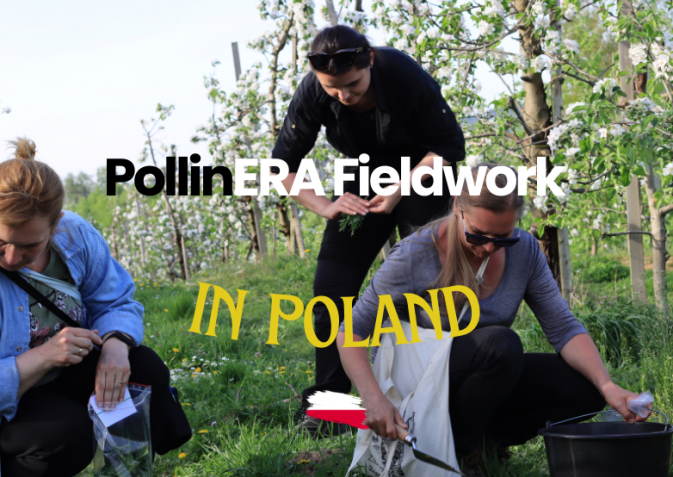
The overall goal of PollinERA is to reverse pollinator population declines and reduce the harmful impacts of pesticides and to do that, the project follows four specific objectives:
SO1 | Fill ecotoxicological data gaps to enable realistic prediction of the source and routes of exposure and the impact of pesticides on pollinators and their sensitivity to individual pesticides and mixtures.
SO2 | Develop and test a co-monitoring scheme for pesticides and pollinators across European cropping systems and landscapes, developing risk indicators and exposure information.
SO3 | Develop models for predicting pesticide toxicological effects on pollinators for chemicals and organisms, improve toxicokinetic/toxicodynamic (TKTD) and population models, and predict environment fate.
SO4 | Develop a population-level systems-based approach to risk and policy assessment considering multiple stressors and long-term spatiotemporal dynamics at a landscape scale and generate an open database for pollinator/pesticide data and tools.
Following SO2, one of the main aims of Work Package 4: Monitoring and risk indicators (WP4) is to develop and test a co-monitoring scheme for tracking pesticide exposure and communities of key pollinator groups across European cropping systems, as well as to develop pesticide risk indicators for these pollinators. An important step in the development of the co-monitoring scheme is the careful selection of monitoring sites. Therefore, the WP4 team selected high pesticide risk agricultural landscapes in two types of cropping systems across Europe:
-
intensive arable including oilseed rape;
-
intensive perennial including apple orchards.
Based on this selection, in 2024, WP4 conducted fieldworks in Sweden, Poland and Italy, gathering important data for the development and testing of the co-monitoring scheme.
Take a look at the 2024 fieldwork in Poland, conducted by project partner Jagiellonian University.
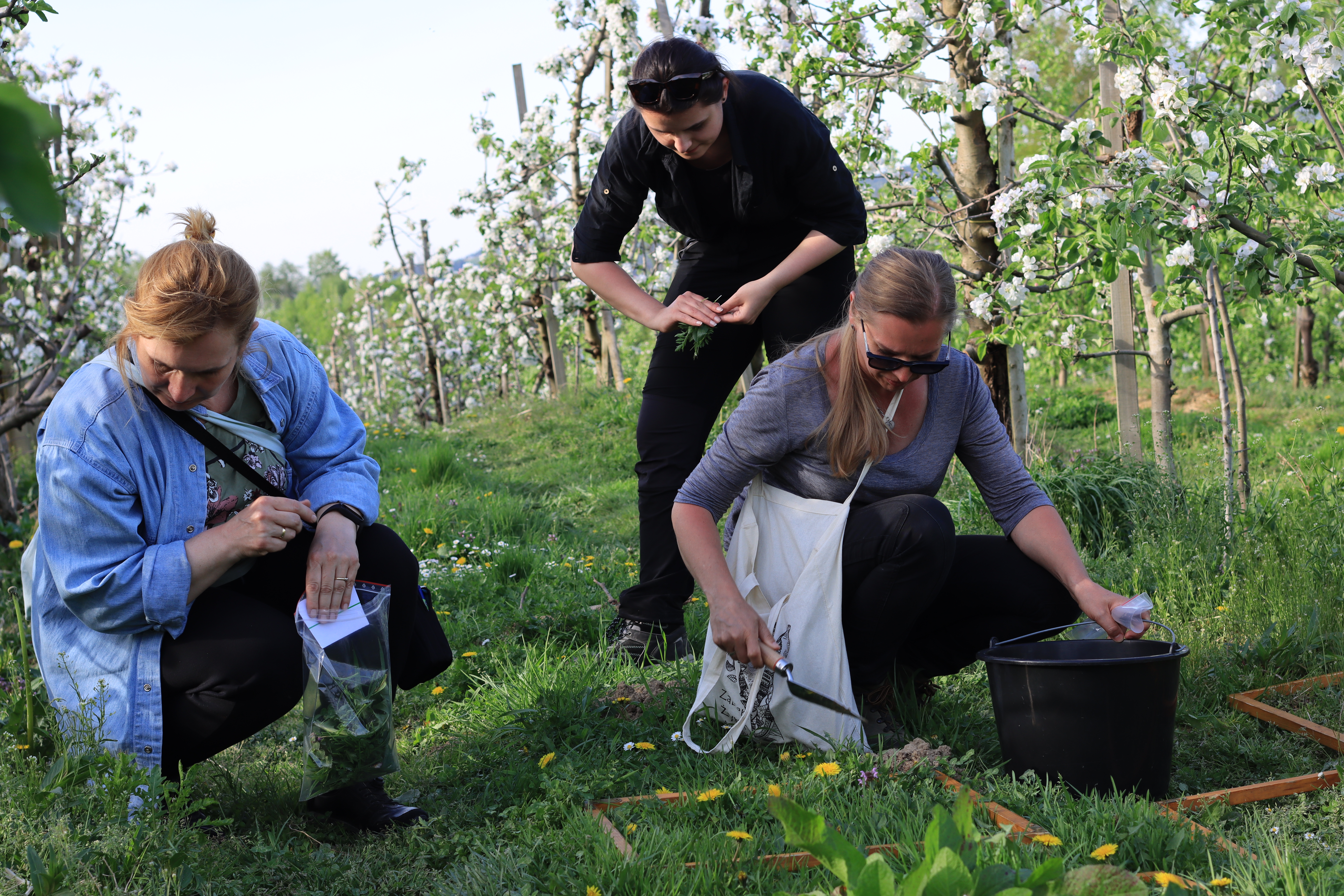
Sampling soil and plants inside the apple orchard in Owieczka (transect 2). Owieczka, Poland. Photo: Agnieszka Bednarska
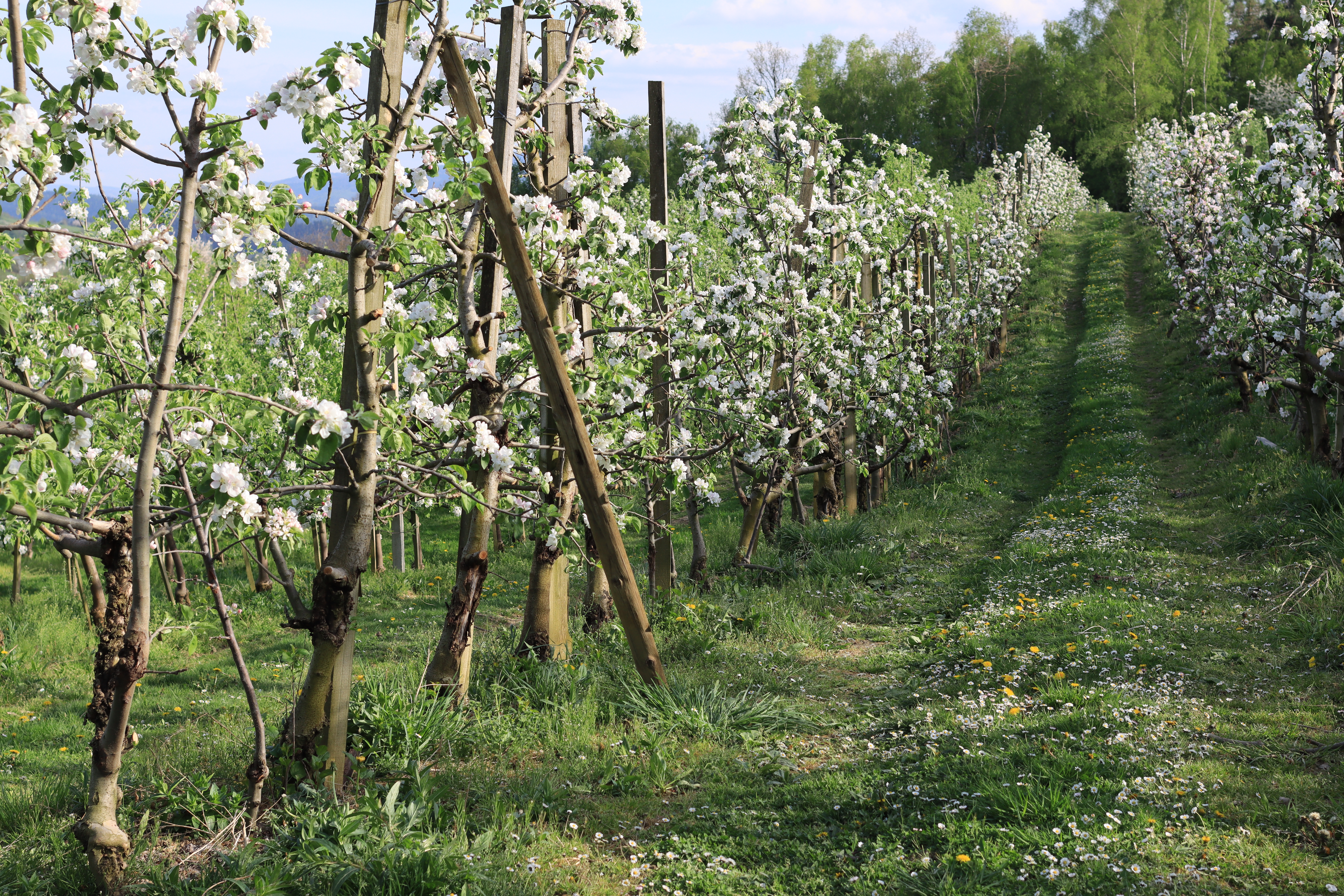
Apple orchard (transect 2) in Owieczka – field study in April. Owieczka, Poland. Photo: Agnieszka Bednarska
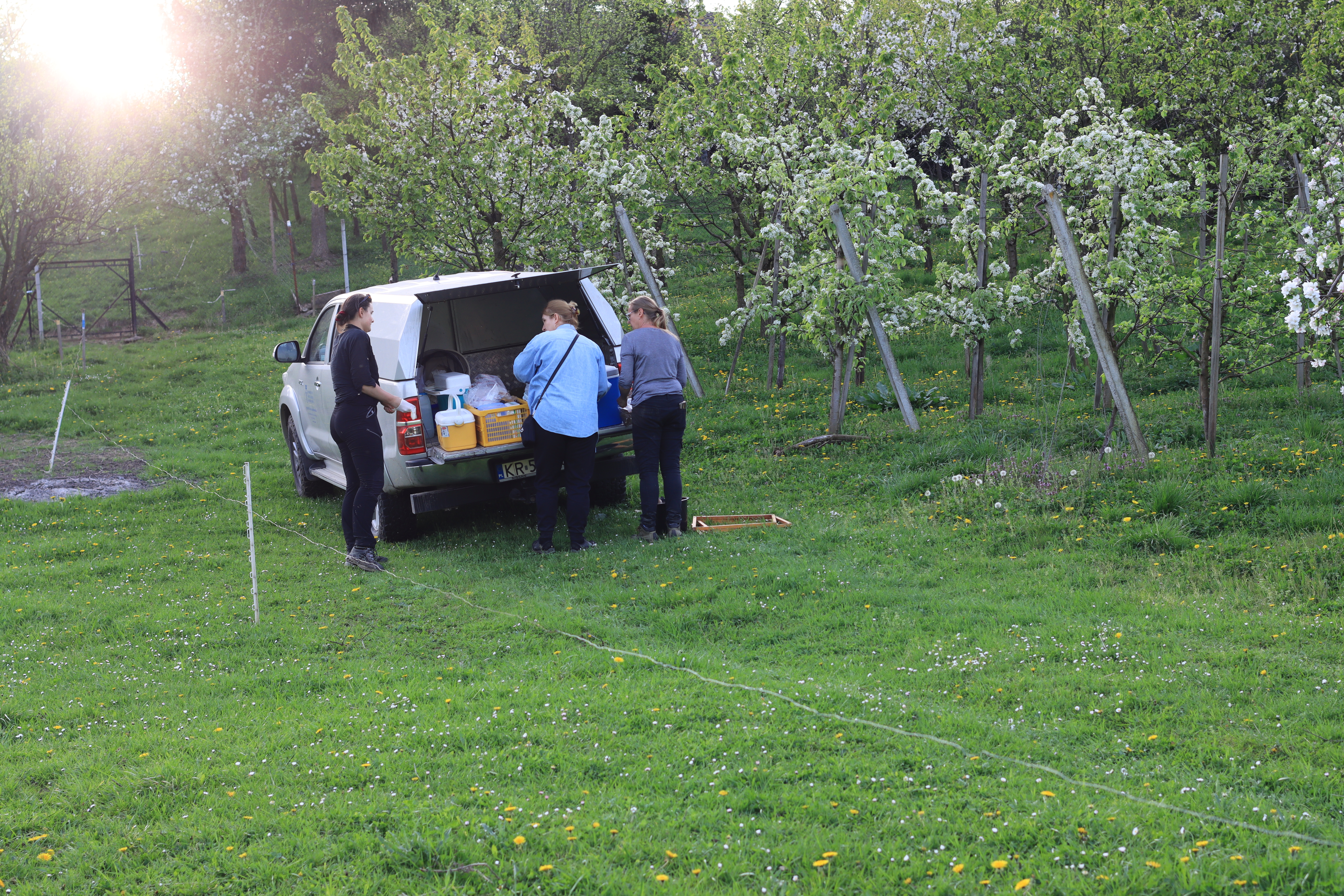
Apple orchard (transect 1) in Owieczka – field study in April, colleagues from UJAG and INC PAS in the field. Owieczka, Poland. Photo: Agnieszka Bednarska
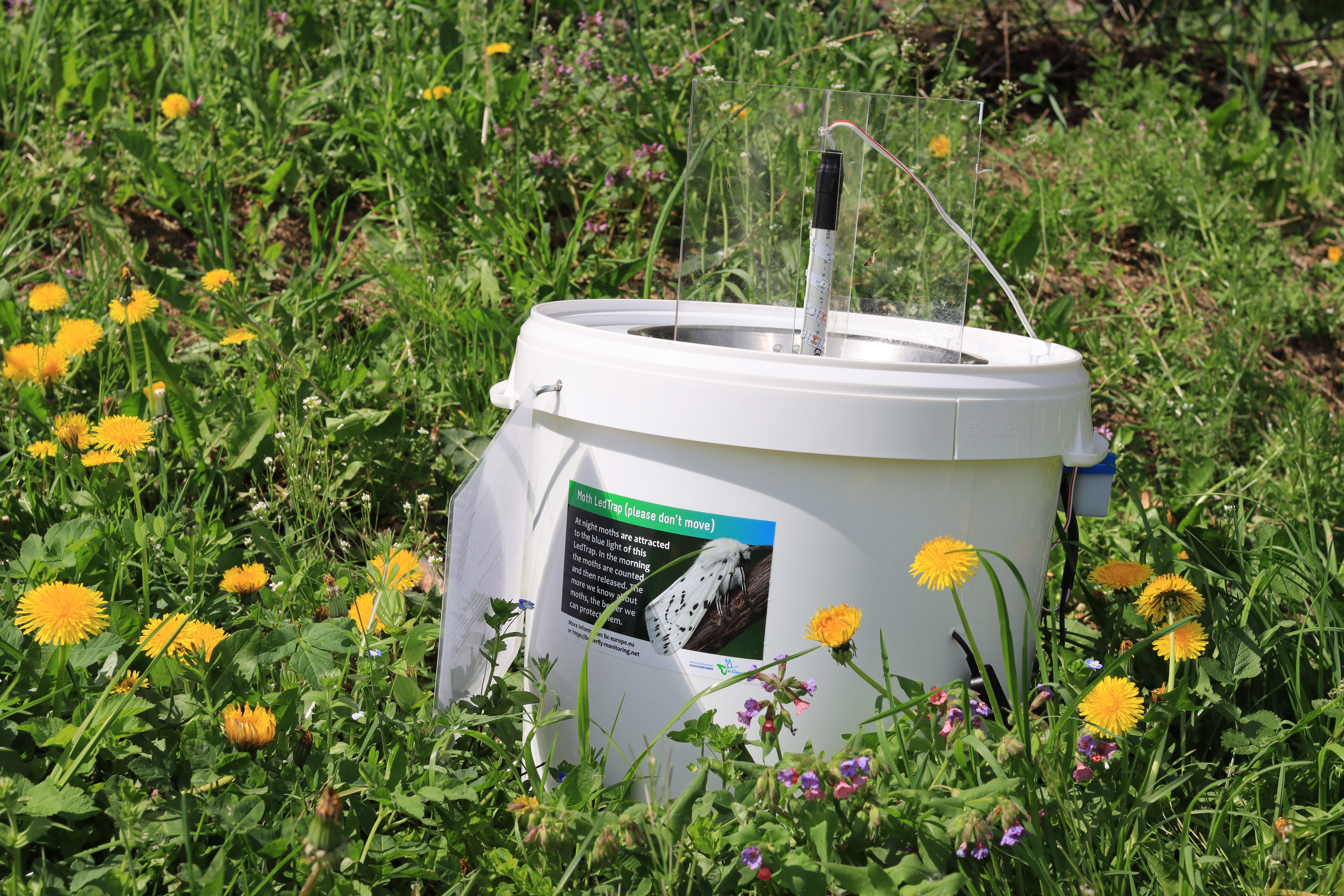
Equipment used for moth sampling. Owieczka, Poland. Photo: Agnieszka Bednarska
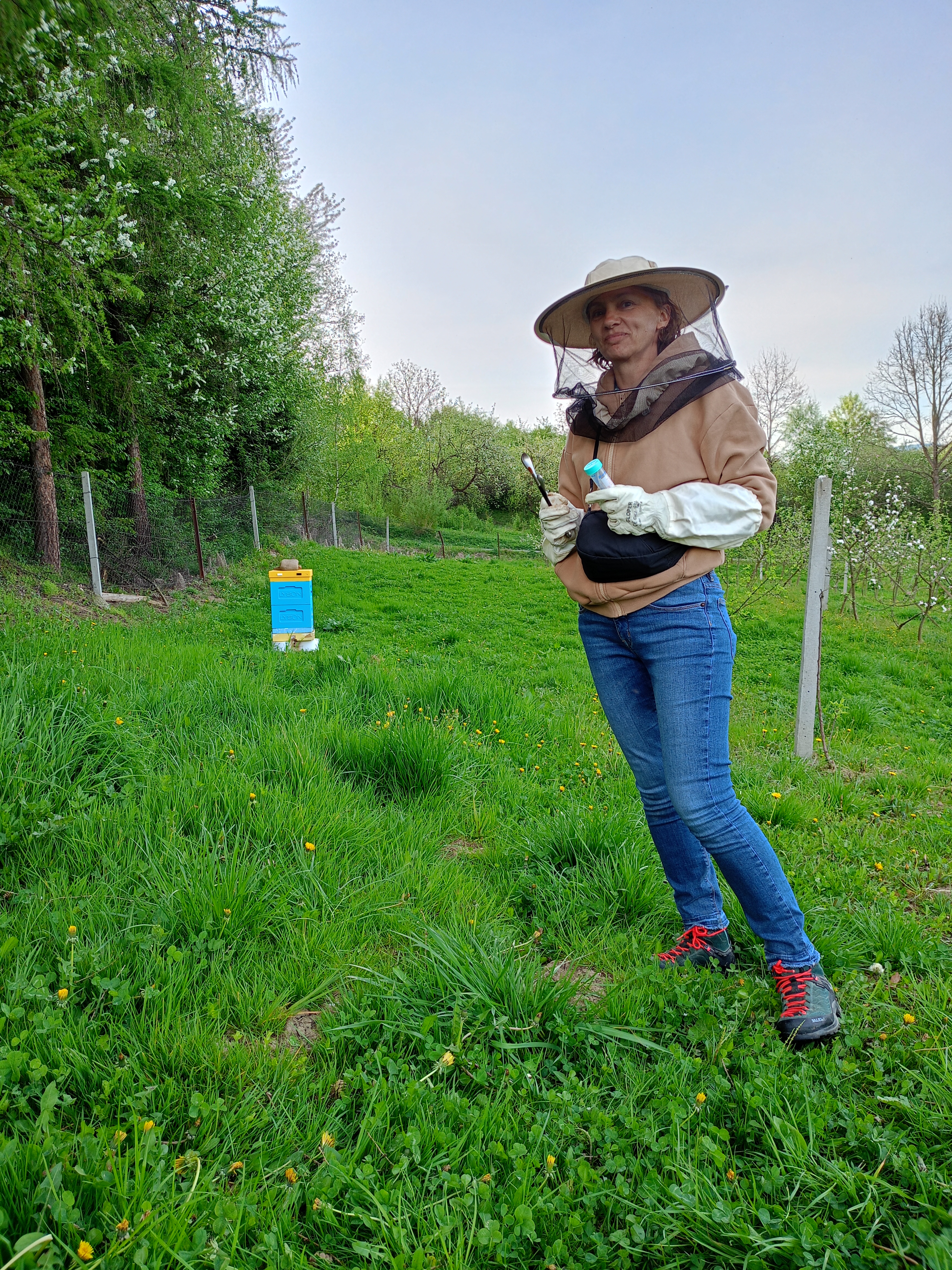
Collecting pollen from the honeybee hive located on transect 1 in Owieczka; colleague from INC PAS - Agnieszka Bednarska ready to approach the hive. Owieczka, Poland. Photo: Agnieszka Bednarska
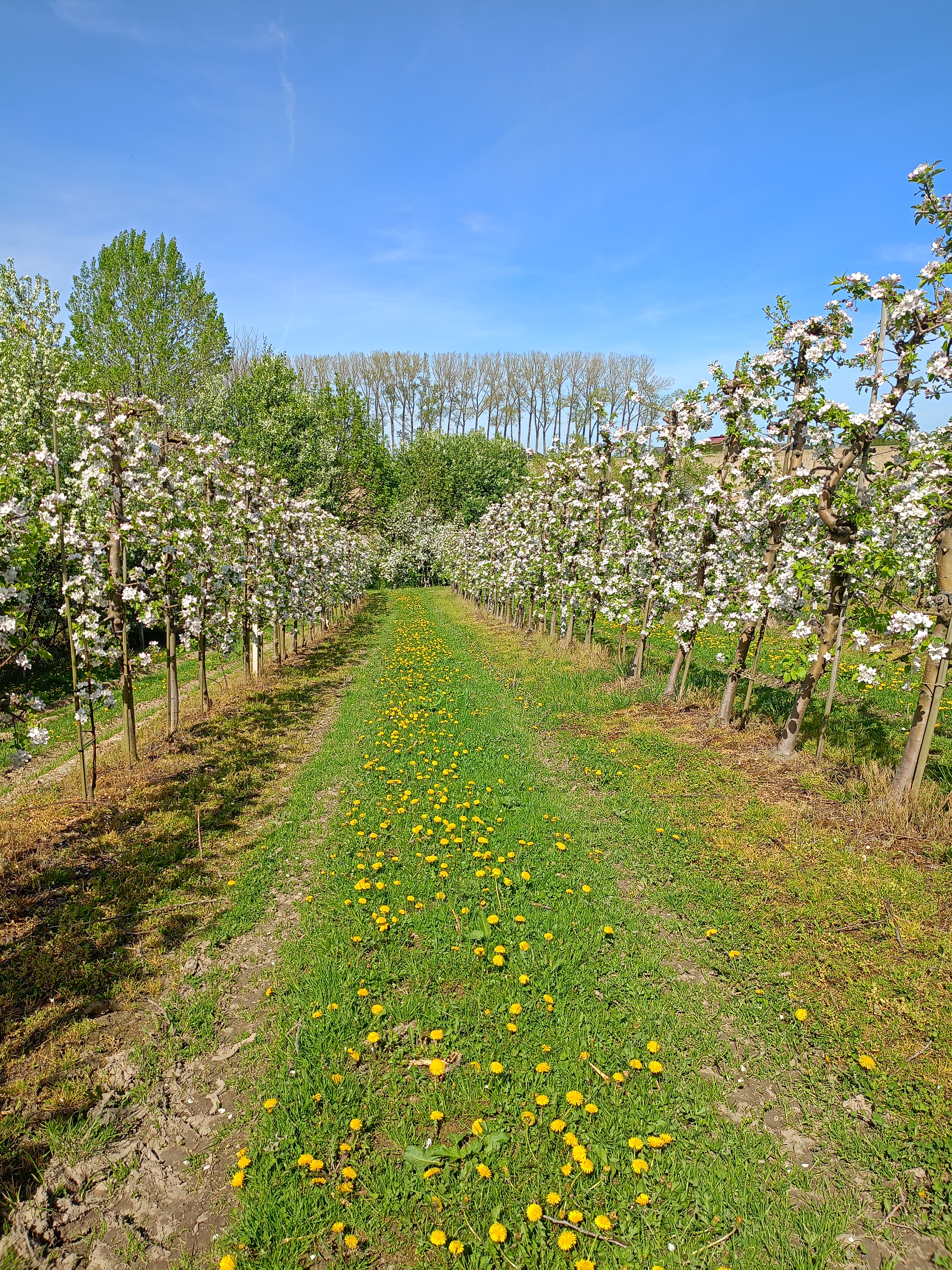
Apple orchard sampled during field work in Janowice, Poland. Photo: Renata Śliwińska
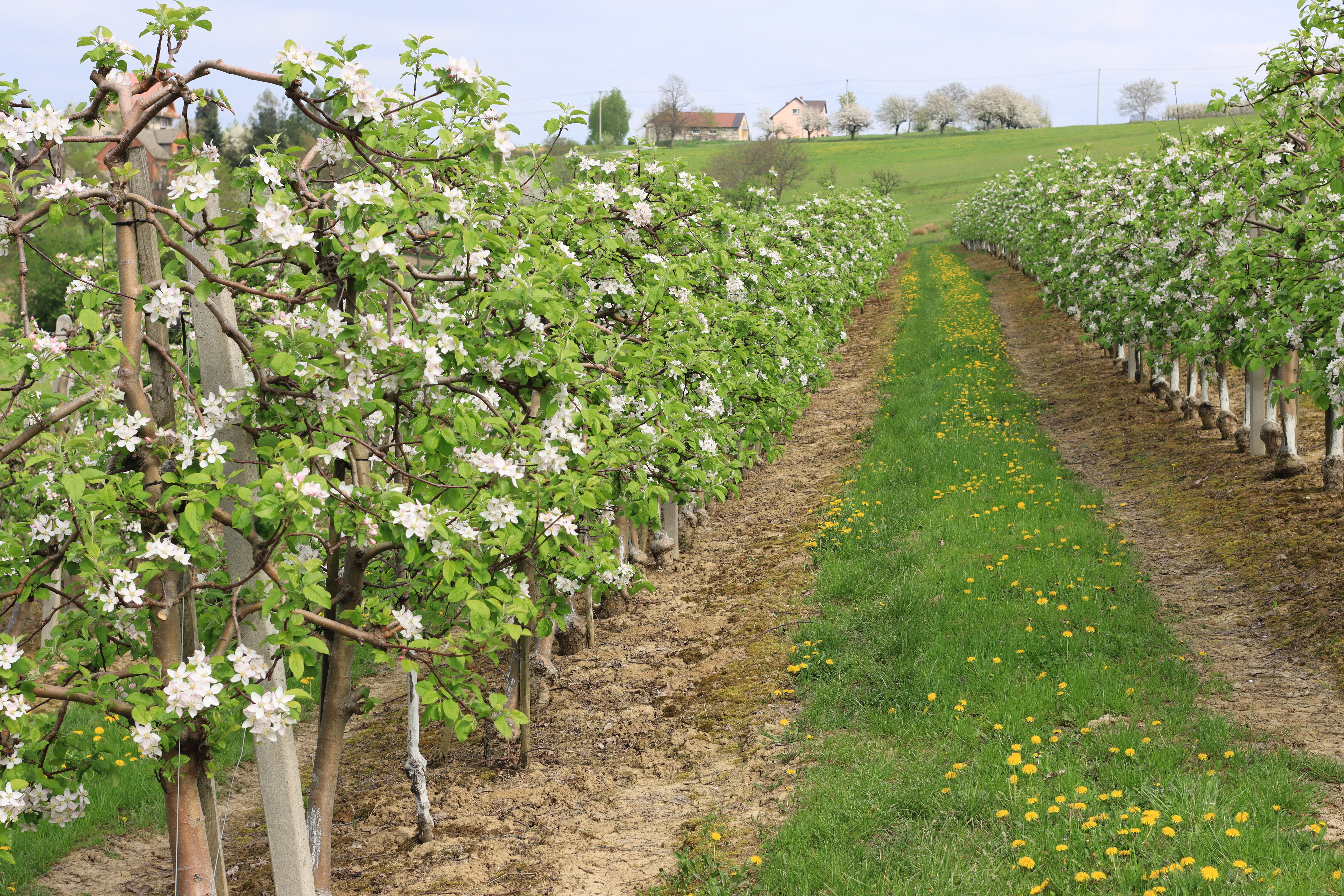
Apple orchard sampled during field work in Krasne Lasocice, Poland – spring. Photo: Agnieszka Bednarska
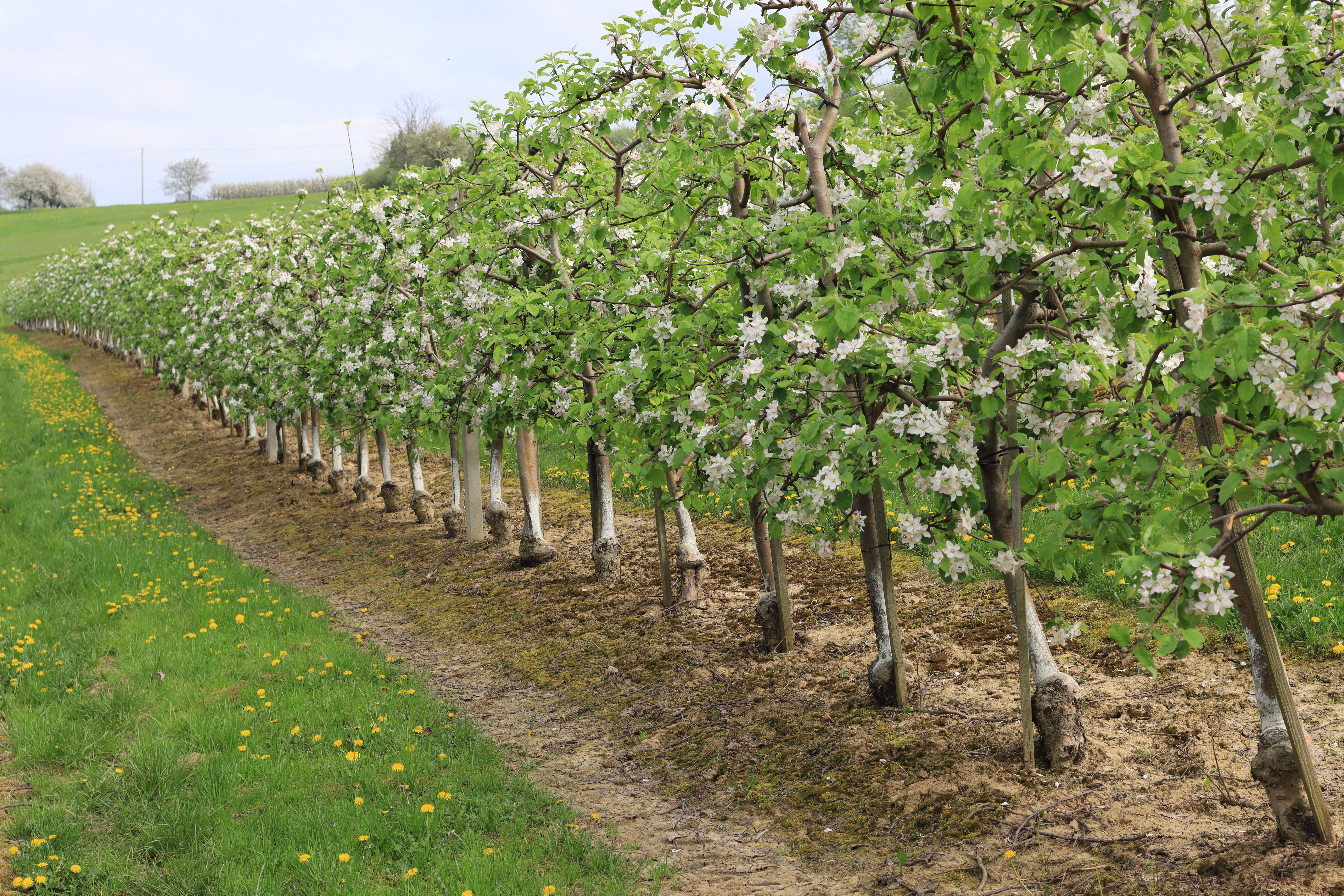
Apple orchard sampled during field work in Krasne Lasocice, Poland – spring. Photo: Agnieszka Bednarska
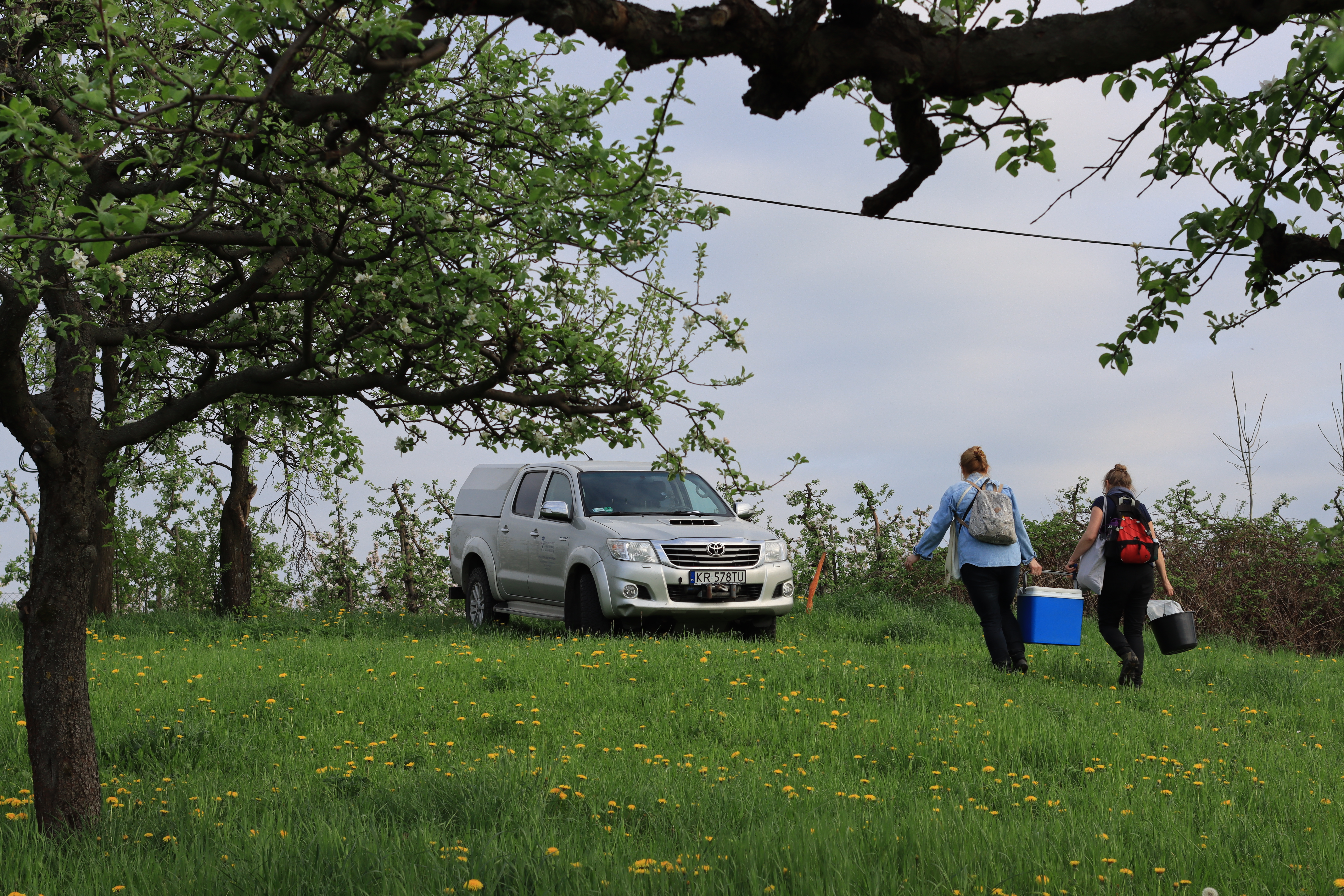
Apple orchard sampled during field work in Krasne Lasocice, Poland – spring. Photo: Agnieszka Bednarska
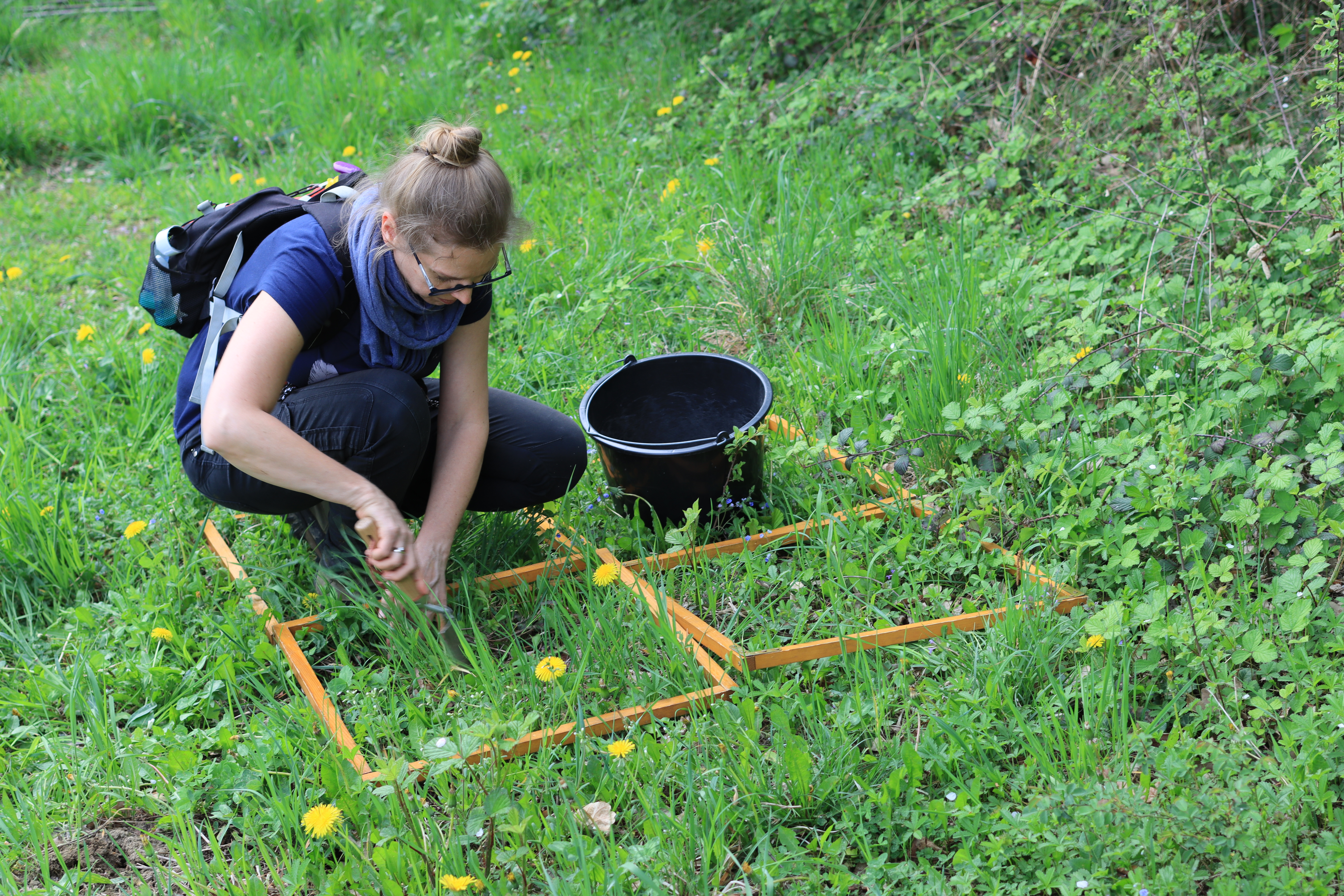
Soil sampling on the transect located close to the apple orchard in Krasne Lasocice, Poland - spring sampling. Photo: Agnieszka Bednarska
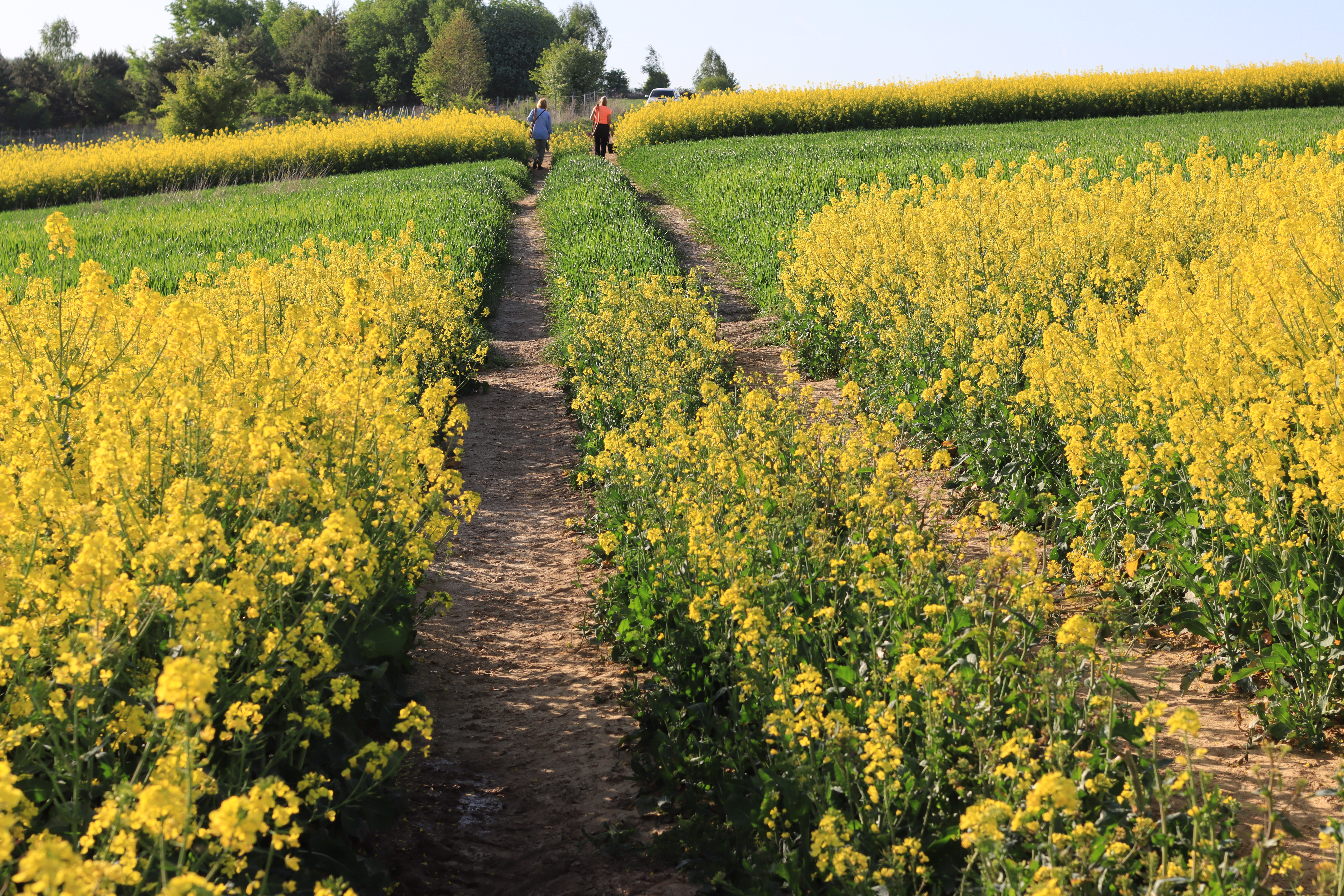
Oilsed rape fields located on transect 2 in Poręba Laskowska, Poland – field study. Photo: Agnieszka Bednarska
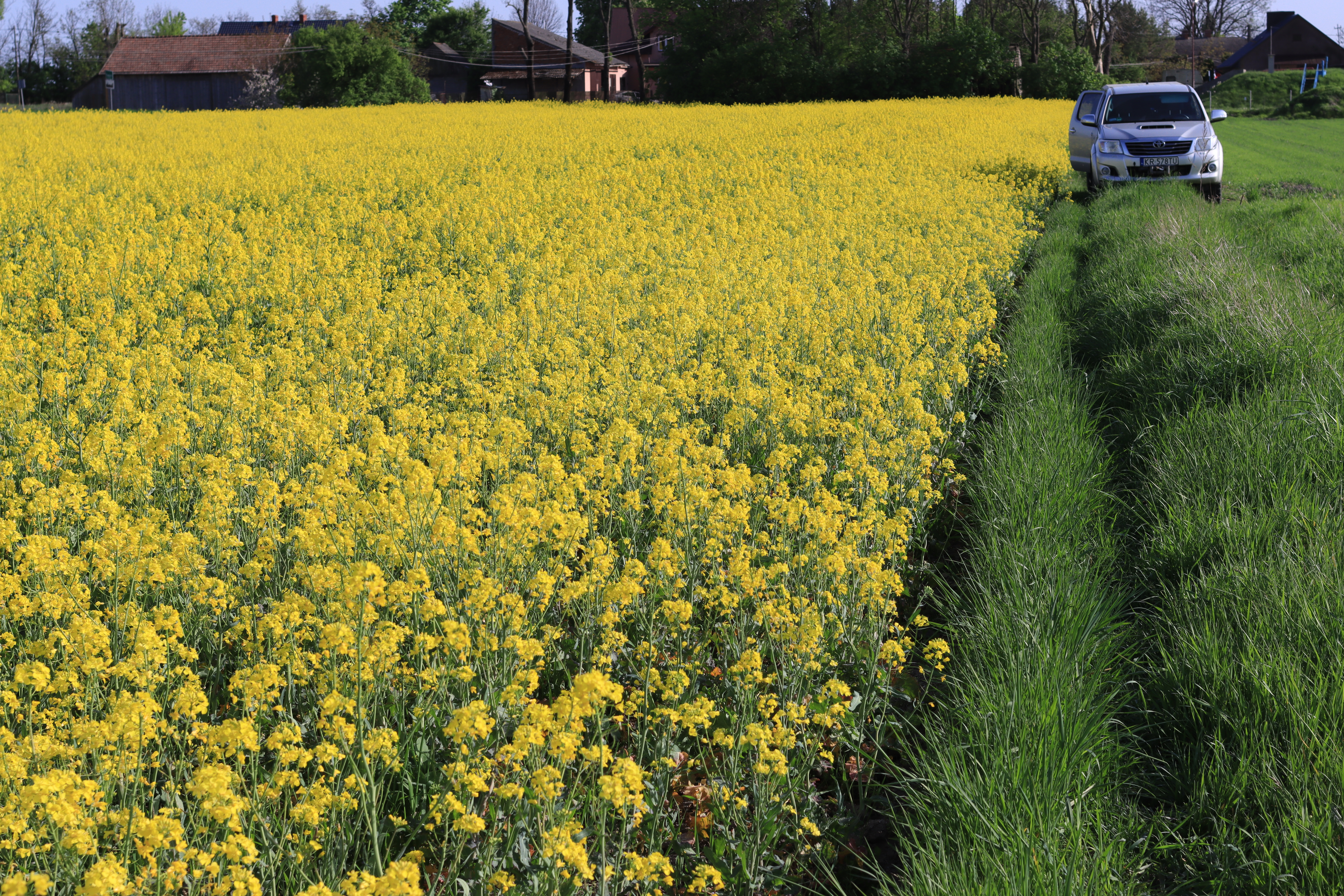
Oilseed rape field and field margin in Prandocin, Poland (transect 1) – field study. Photo: Agnieszka Bednarska
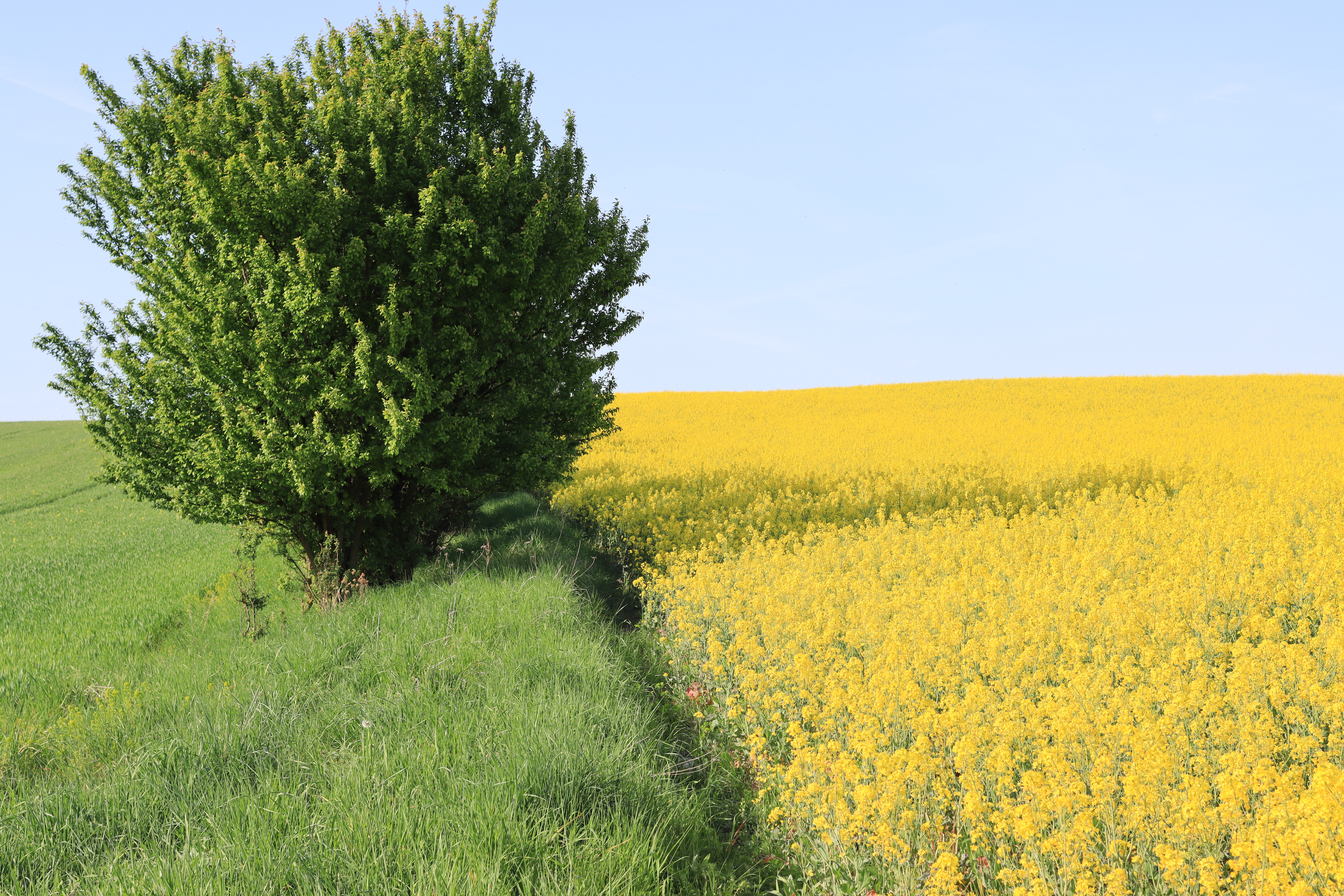
Oilseed rape field and field margin in Prandocin, Poland (transect 1) – field study in spring. Photo: Agnieszka Bednarska
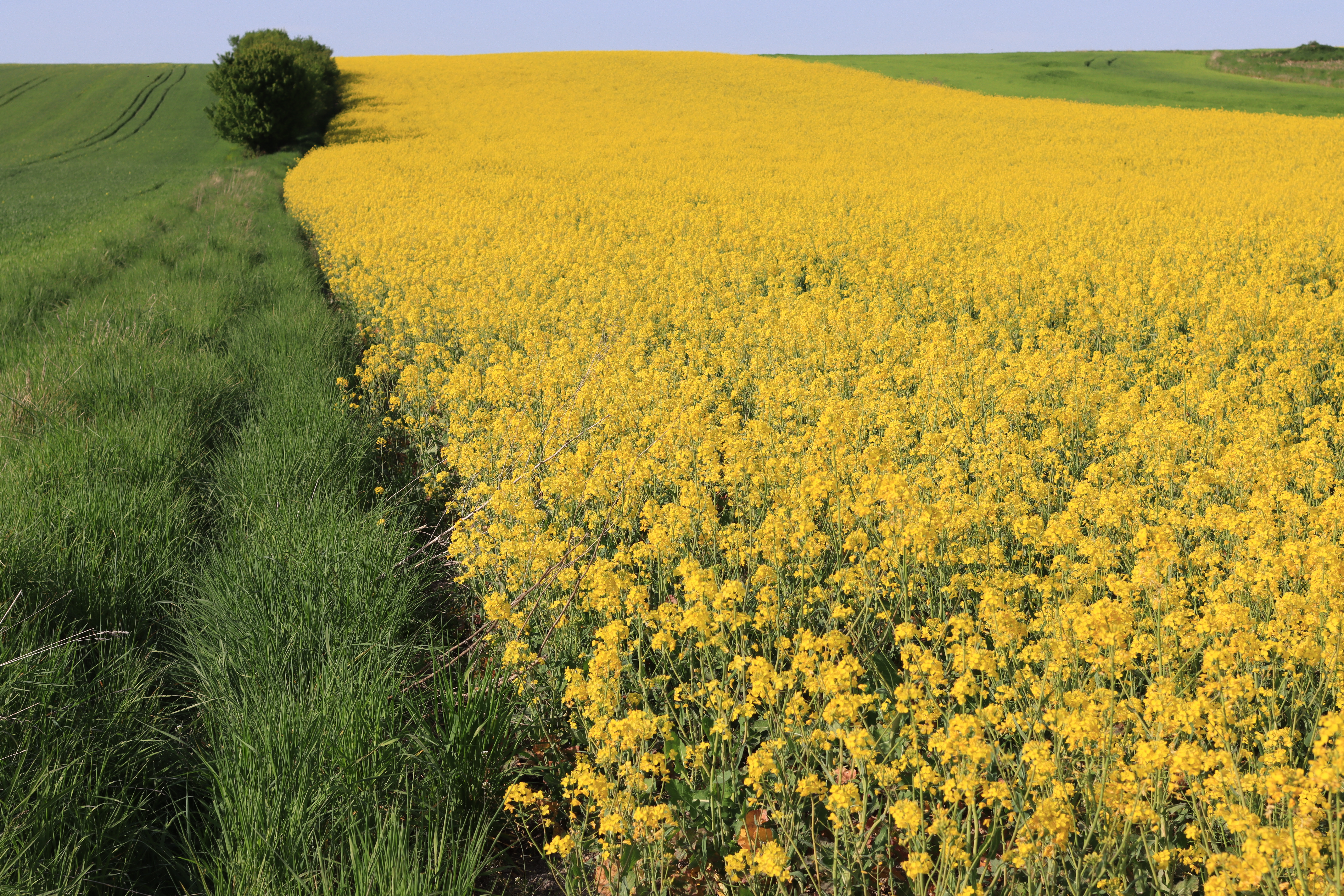
Oilseed rape field and field margin in Prandocin, Poland (transect 1) – field study in spring. Photo: Agnieszka Bednarska
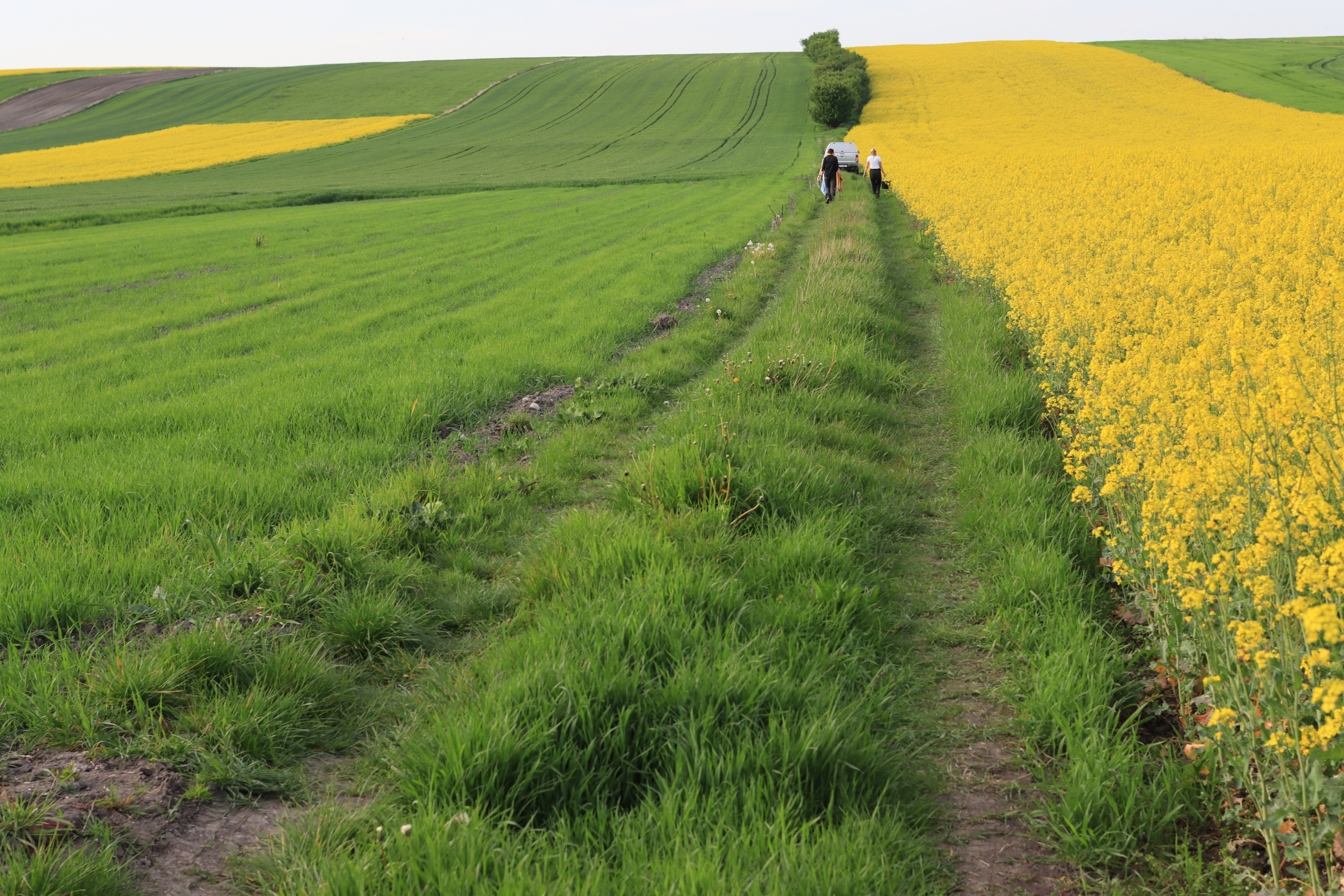
Oilseed rape field and field margin in Prandocin, Poland (transect 1) – field study in spring. Photo: Agnieszka Bednarska
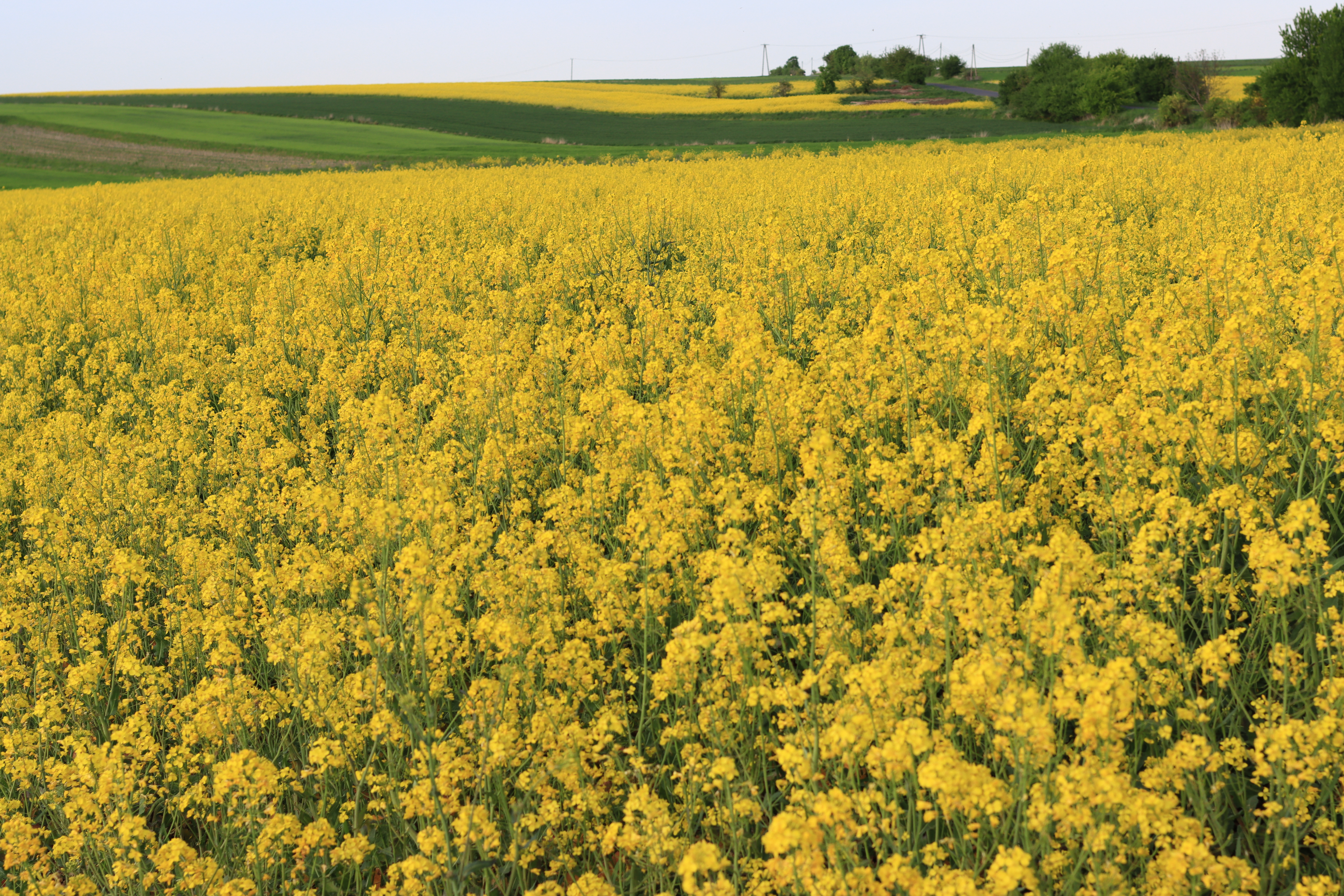
Oilseed rape field and field margin in Prandocin, Poland (transect 1) – field study in spring. Photo: Agnieszka Bednarska
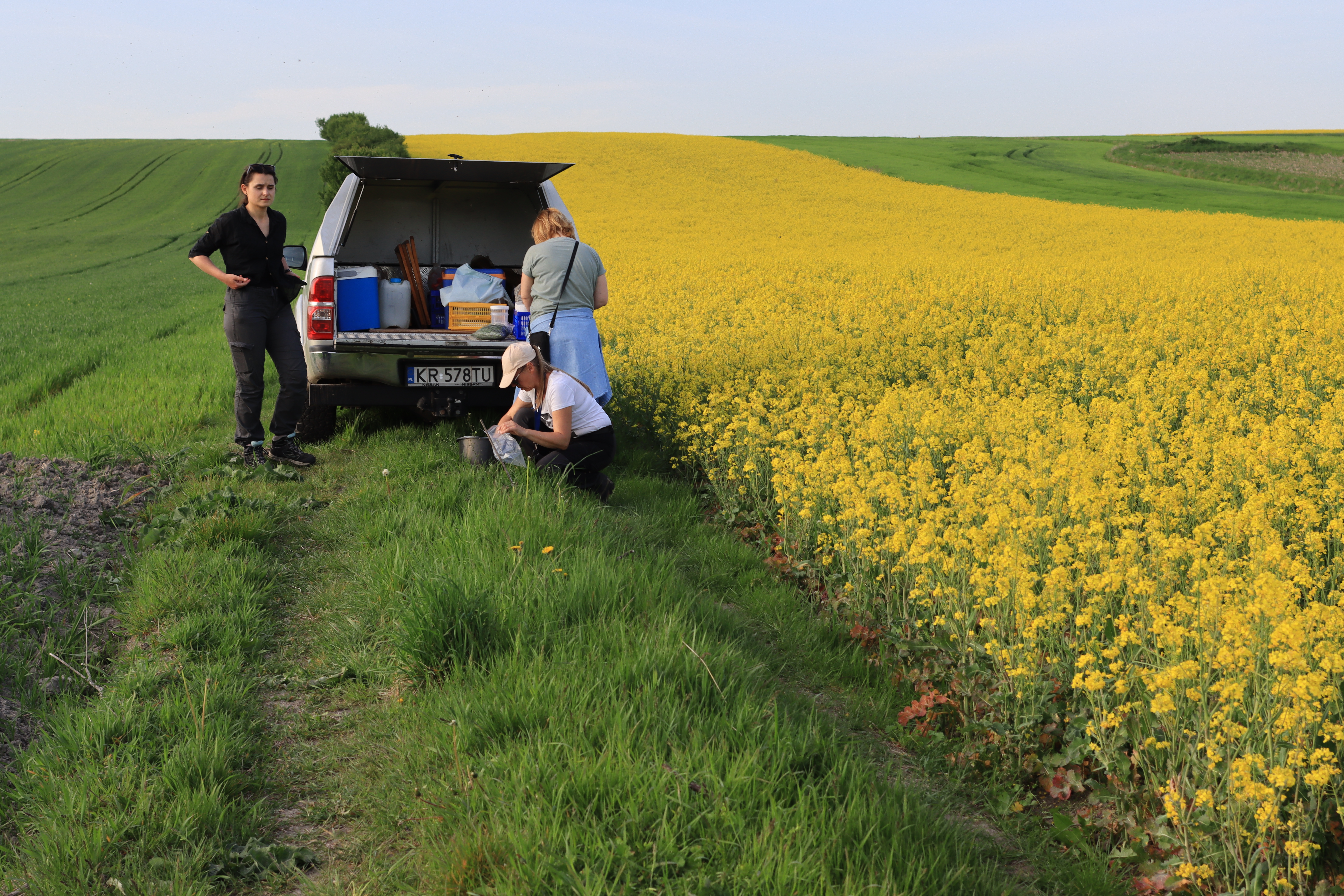
Oilseed rape field and field margin in Prandocin, Poland (transect 1) – field study in spring, colleagues from UJAG and INC PAS packing samples at the end of the day. Photo: Agnieszka Bednarska
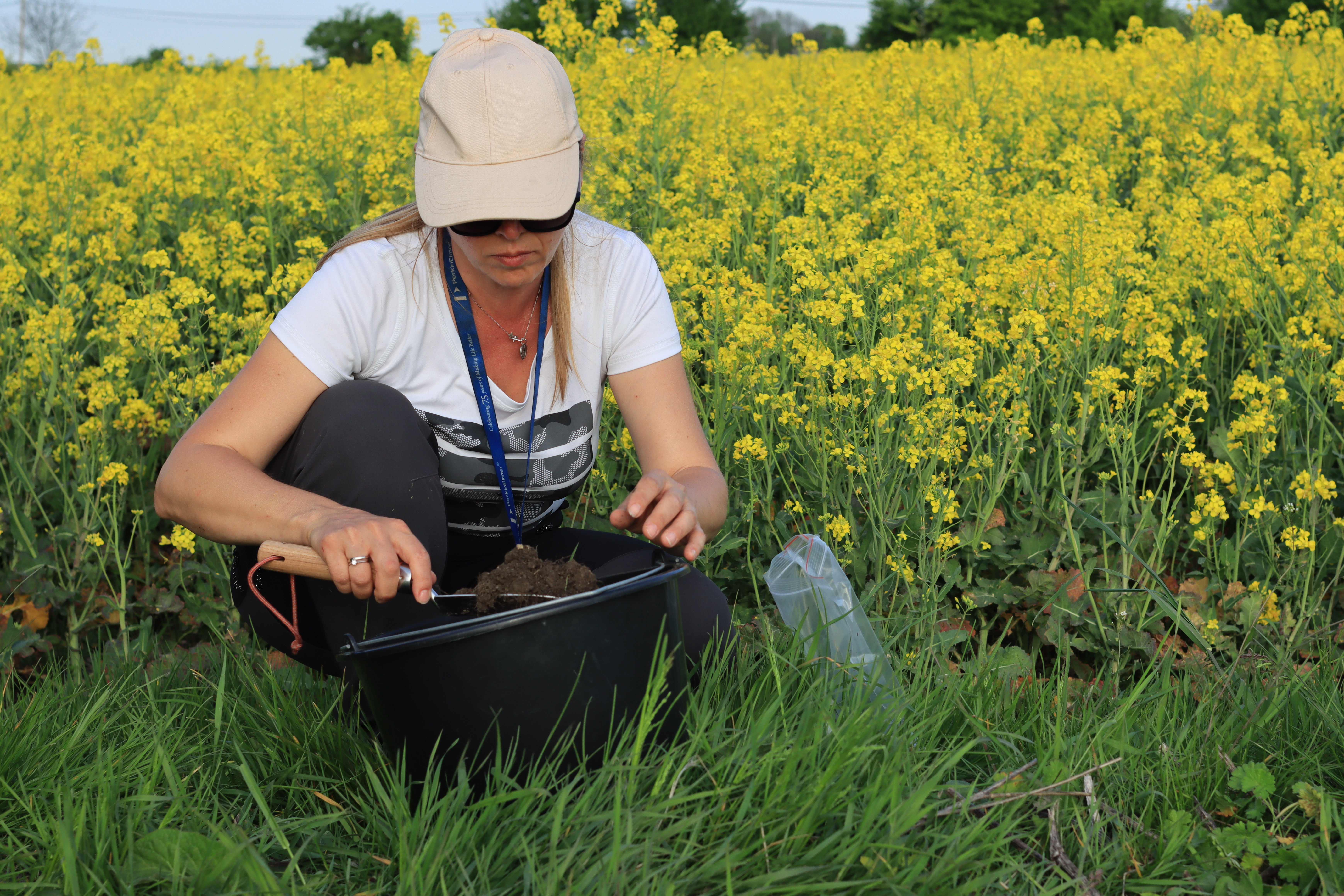
Oilseed rape field and field margin in Prandocin, Poland (transect 1) – field study in spring, colleague from UJAG - Renata Śliwińska, taking soil samples. Photo: Agnieszka Bednarska
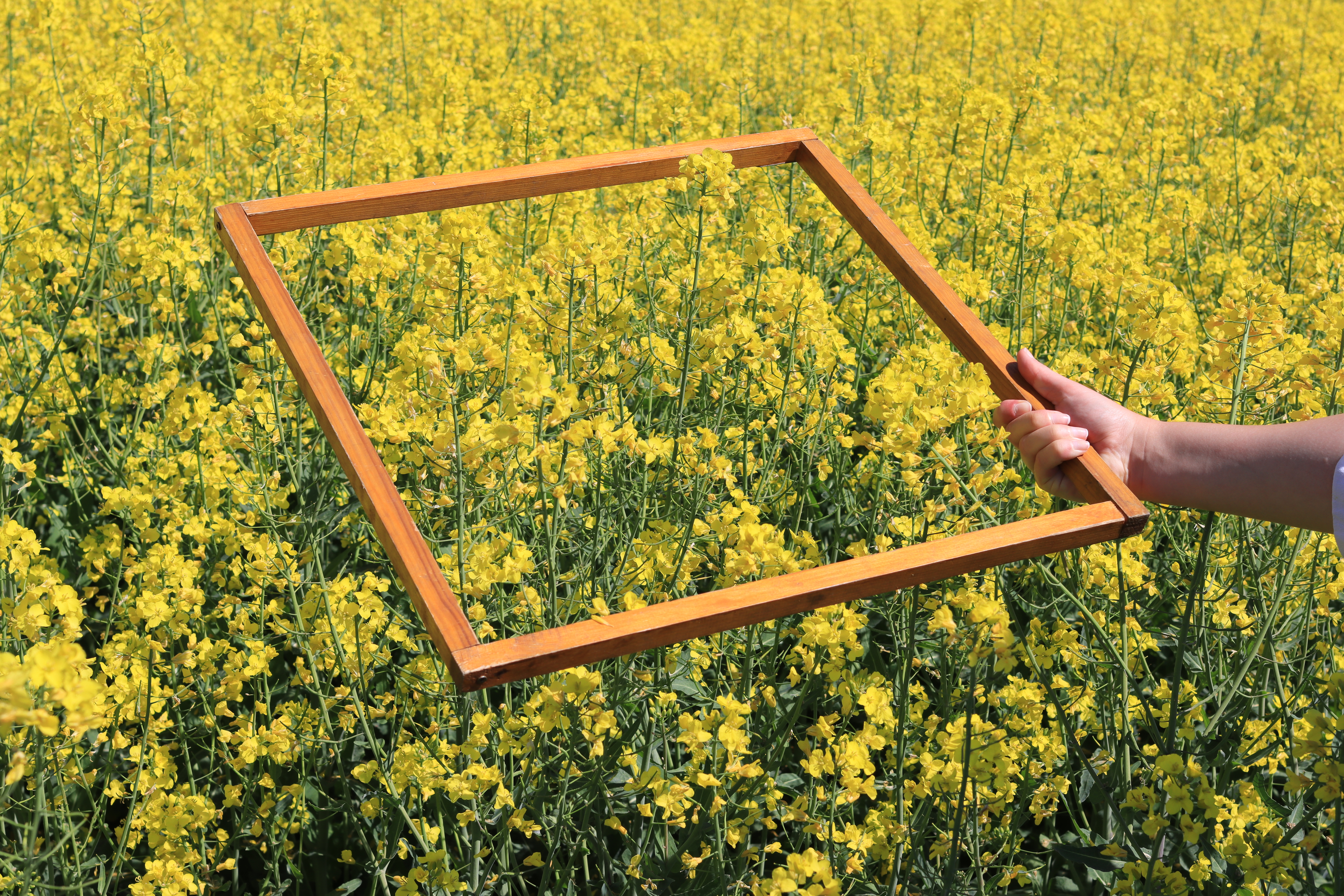
Flower counting method using a 0.5 x 0.5 m frame. Prandocin, Poland. Photos: Agnieszka Bednarska
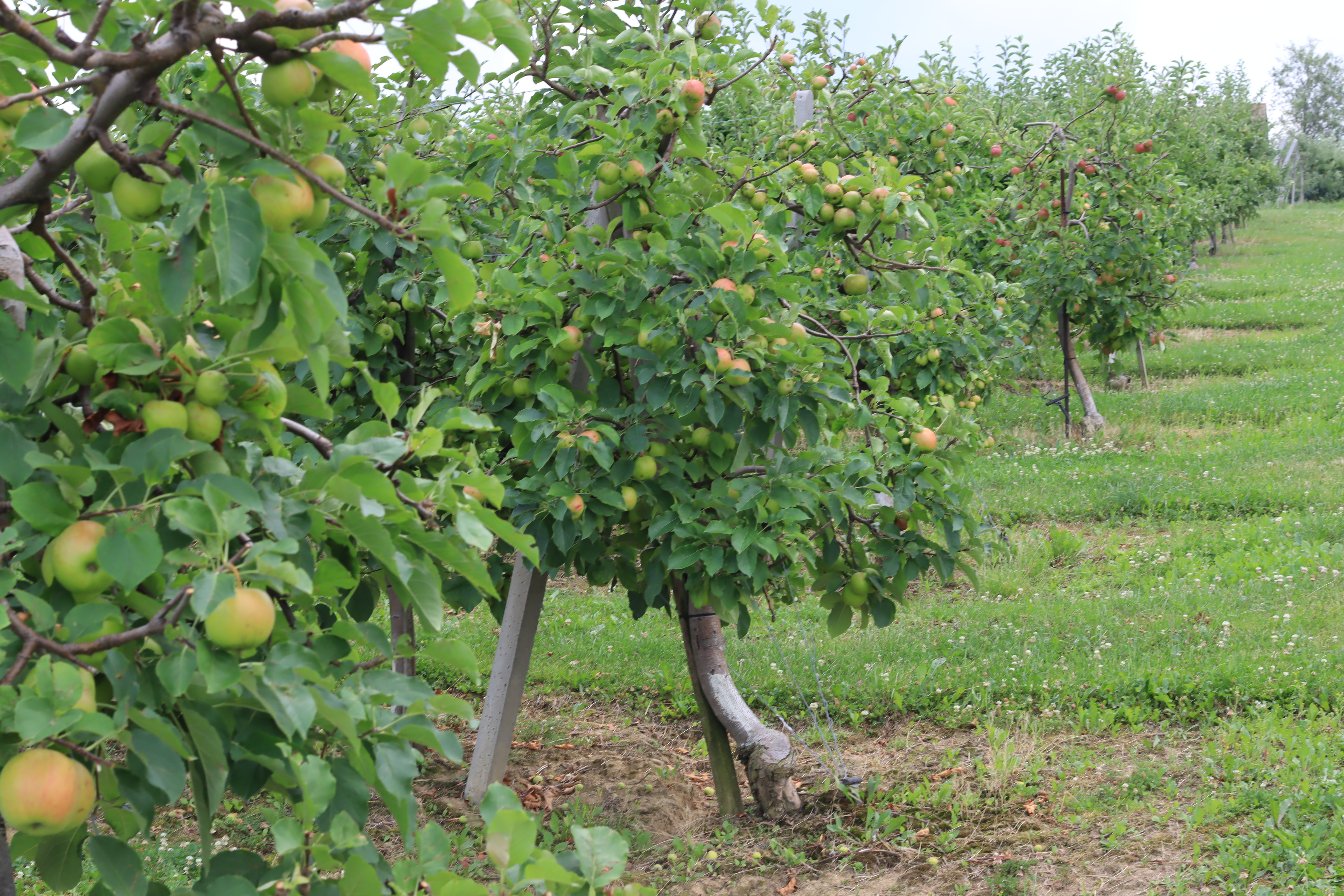
Apple orchard sampled during field work in Krasne Lasocice, Poland – summer. Photo: Agnieszka Bednarska
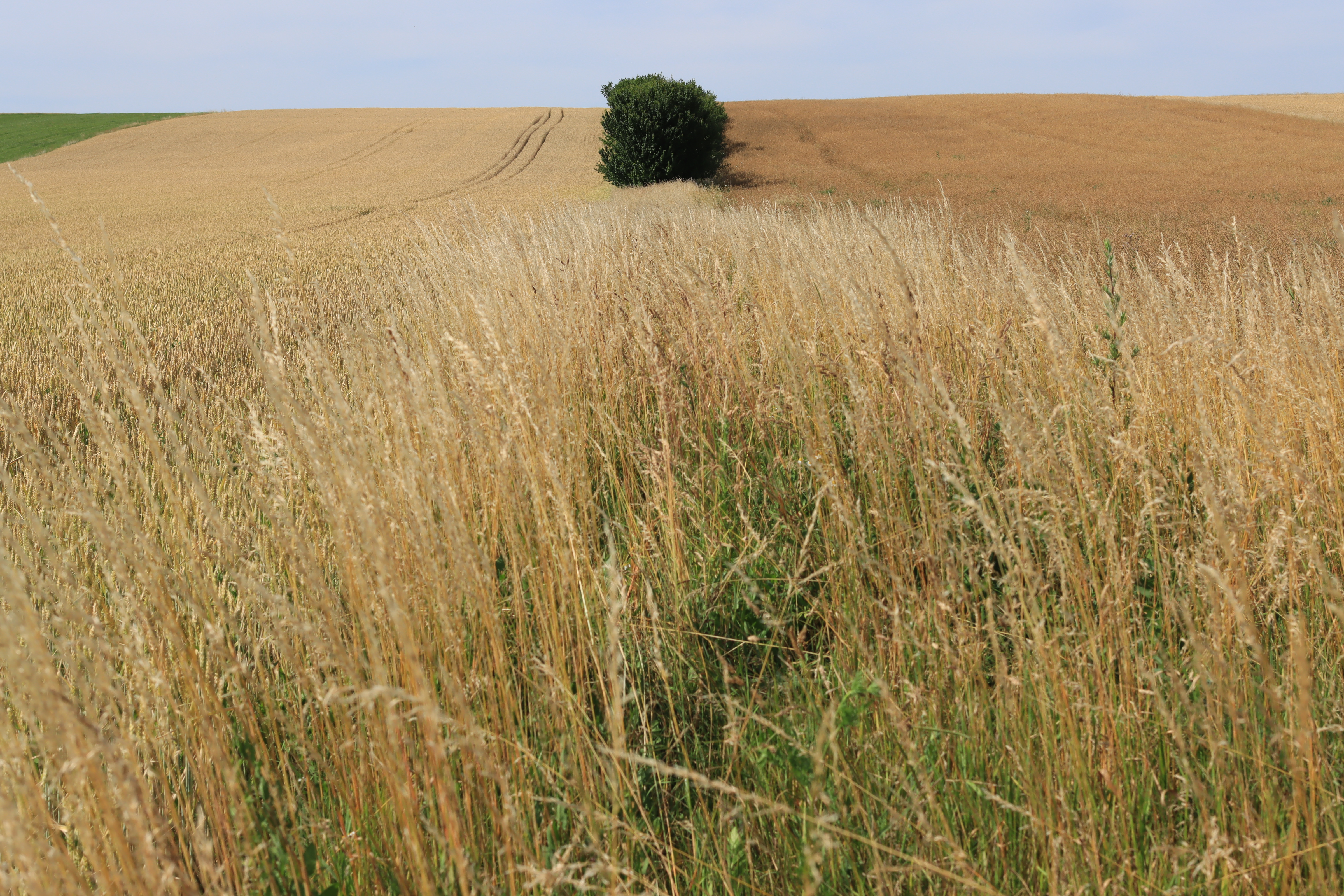
Oilseed rape field and field margin in Prandocin, Poland (transect 1) – field study. Photo: Agnieszka Bednarska
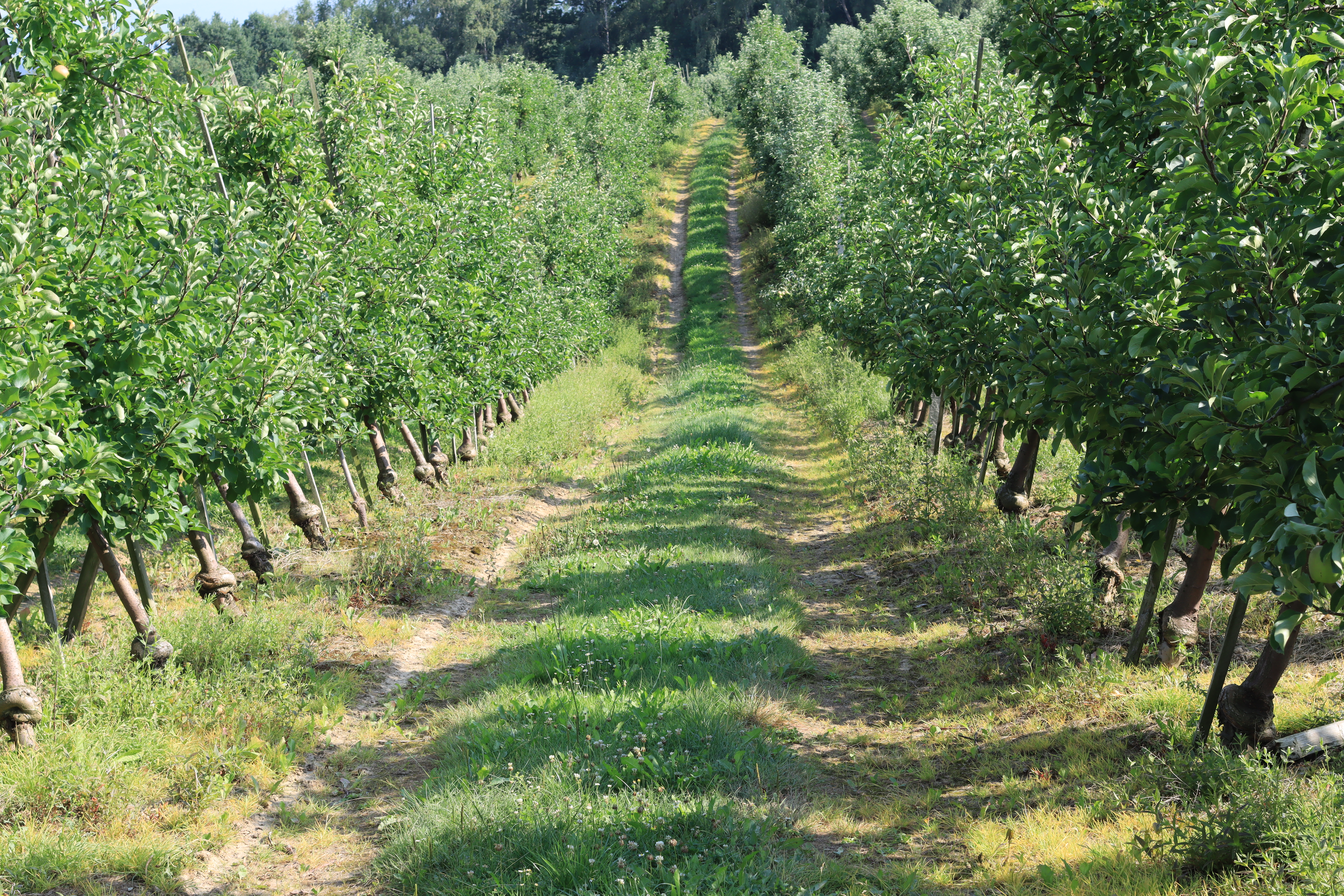
Apple orchard (transect 2) in Owieczka, Poland – field study in July. Photo: Agnieszka Bednarska
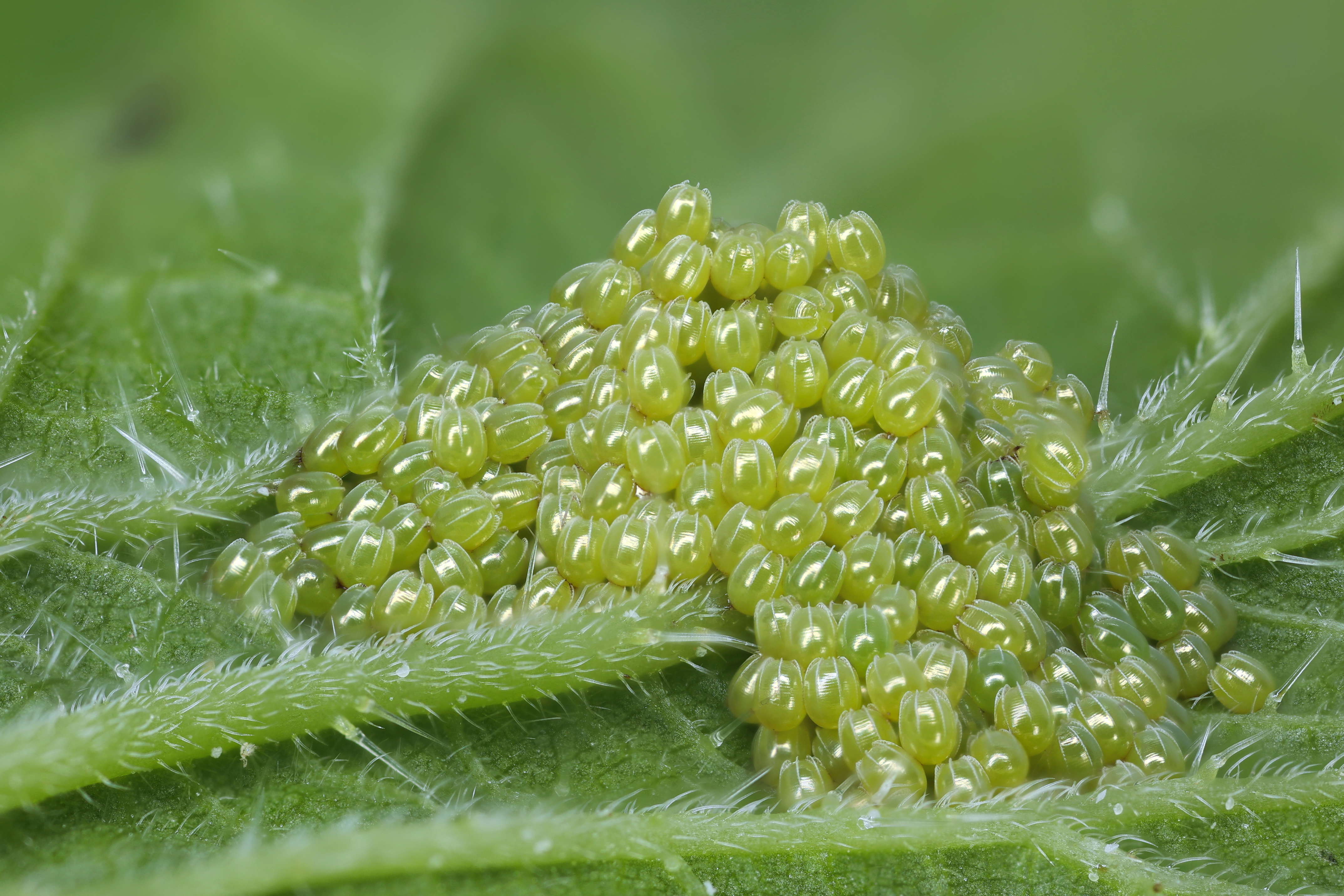
Eggs of butterfly species - the European peacock (Aglais io) used in PollinERA experiments. UJAG laboratory Kraków, Poland. Photo: Ryszard Laskowski
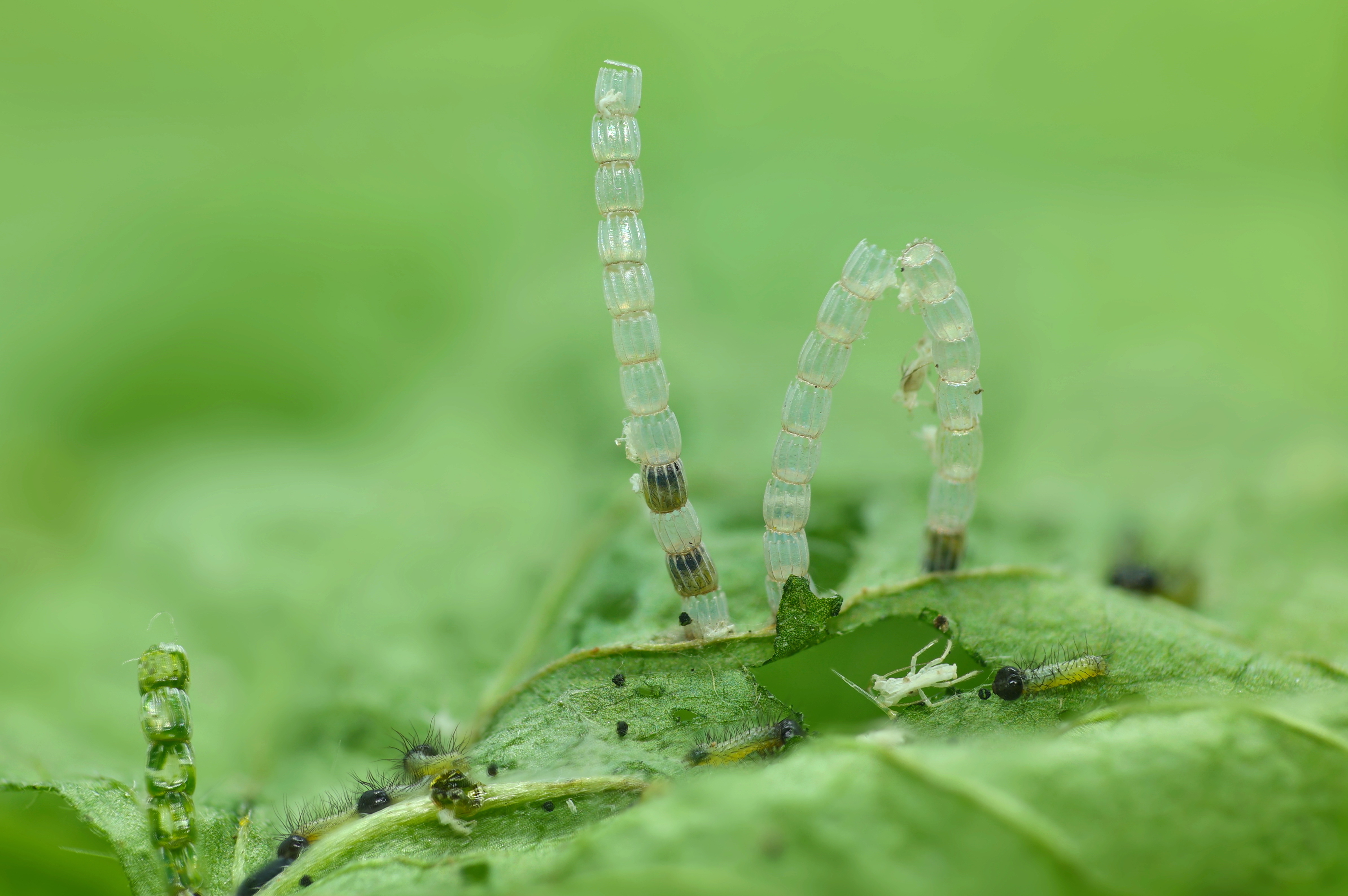
Eggs of butterfly species (Araschenia levana) used in PollinERA experiments. UJAG laboratory Kraków, Poland. Photo: Ryszard Laskowski